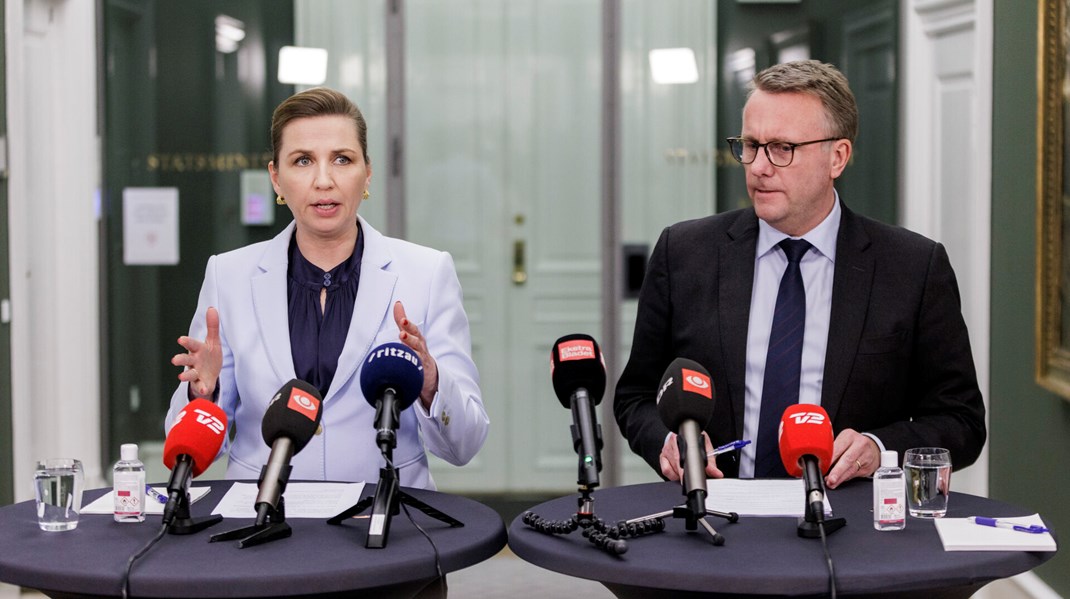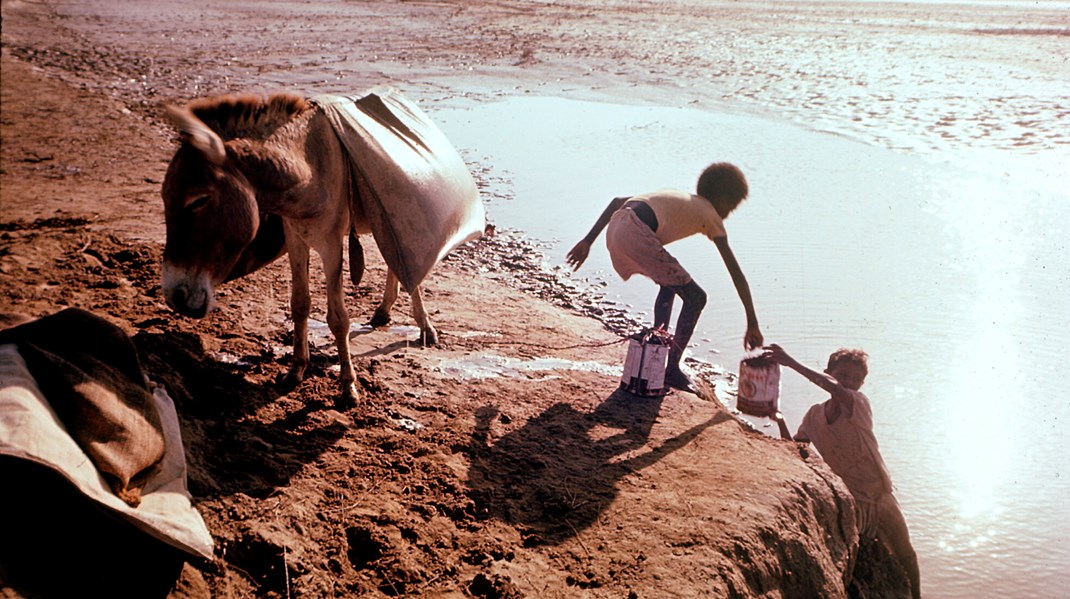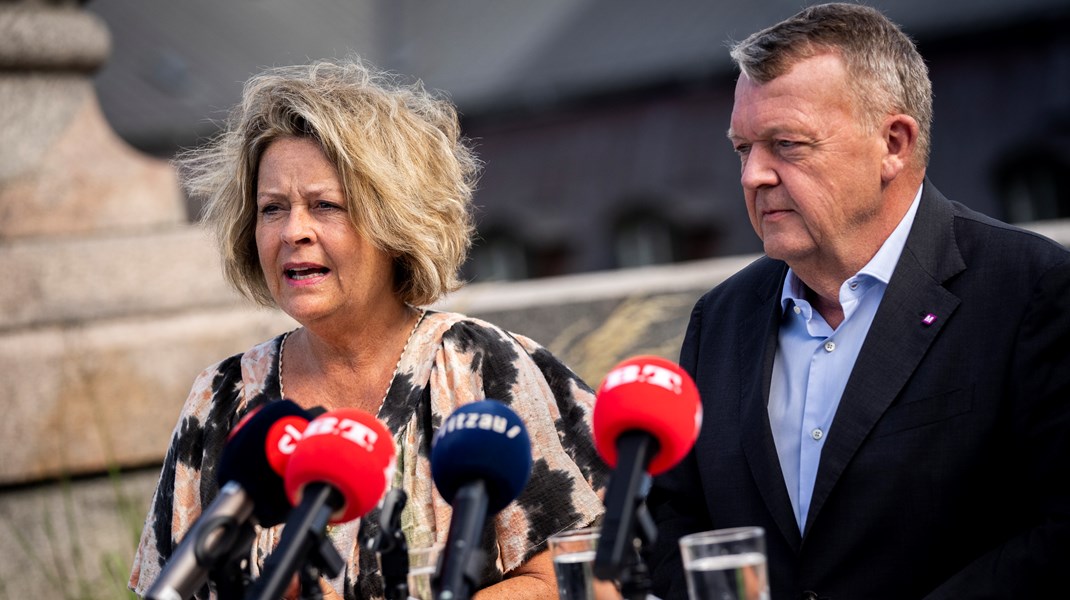Millions of people at risk of extended hunger in the Sahel
By Sirandou Fall and Katherine Mueller, IFRC
The Sahel is one of the most fragile environments in Africa. Caught in a vicious cycle of food insecurity and recurring epidemics, people of the Sahel are again facing another year of food shortages and hunger. It comes on the heels of a drought in 2012 which affected nearly 18 million people.
This year, the projections are worse. According to the last Regional Harmonized Framework in March, there are more than 23 million people currently suffering from food insecurity; almost 5 million are already in the crisis phase.
A late start to the 2014 rains, combined with poor distribution of rainfall, has reduced grain and cereal production. The Ebola epidemic in countries such as Senegal and Mali, which border Guinea, one of the countries worst hit by the outbreak, has also caused a spike in food prices.
“All signs are pointing to another challenging year for farmers and pastoralists in the Sahel who are trying to meet their minimum basic needs for their families,” says Bahram Amintorabi, disaster management coordinator, International Federation of Red Cross and Red Crescent Societies (IFRC) Sahel region. “We need to act swiftly and proactively if we hope to assist and protect mothers and children, in particular, from excessive suffering from these food shortages.”
IFRC has launched three emergency appeals in The Gambia, Mauritania, and Senegal. Totalling 5.1 million Swiss francs, the appeals aim to support the National Societies in the three affected countries through activities focusing on food security, nutrition promotion, building resilience, and disaster risk reduction.
“We must ensure a special emphasis on the nutritional needs of young children and lactating mothers as they are among the most vulnerable and are greatly affected by food shortages,” adds Amintorabi. “When children are malnourished, they are highly susceptible to risk of infectious disease, they stop going to school, or have great learning difficulties. This affects their personal development, the development of the next generation and, ultimately, the development of the country itself.”
Immediate interventions include distributing enriched flour for children under two years and for pregnant or lactating women who are at risk of malnutrition, to prevent a deterioration of their nutritional status, and to support the adoption of better nutritional practices which are essential to reducing malnutrition. Cash transfers will allow families to purchase what best suits their immediate needs, while longer term support will see families receive agricultural and livestock inputs to strengthen and protect their livelihoods.
“The task that the Red Cross and Red Crescent is facing today is immense. We have a lot of work to do, and a lot of people to reach,” says Amintorabi. “However, funding constraints remain an obstacle in progressing towards delivering our humanitarian mission and we cannot do it without the generous support of our donors. To date, our three emergency appeals have not received any financial support. We appeal to the global community, on behalf of all those families who are desperately trying to minimize the effects of hunger and malnutrition, to support our activities.”


